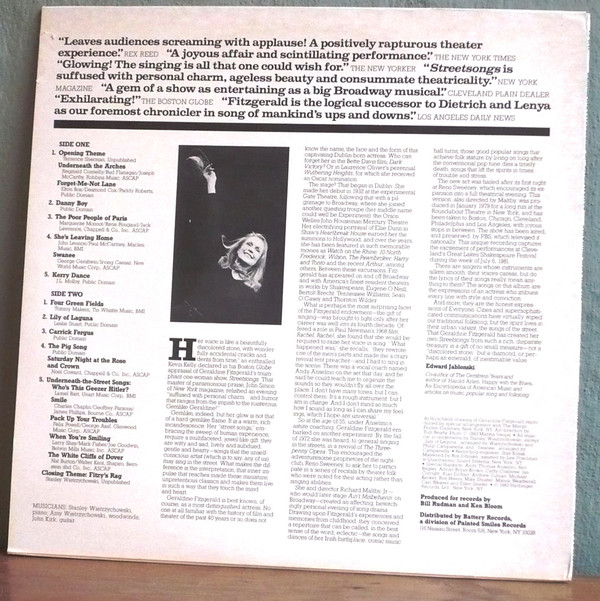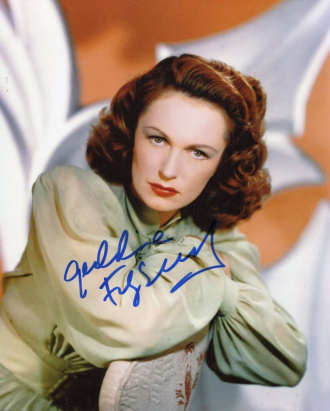Geraldine Mary Fitzgerald
This is a photo of Geraldine Mary Fitzgerald added by Amanda S. Stevenson on April 15, 2020.
Date & Place:
Not specified or unknown.


 Amanda S. Stevenson
Amanda S. Stevenson 

